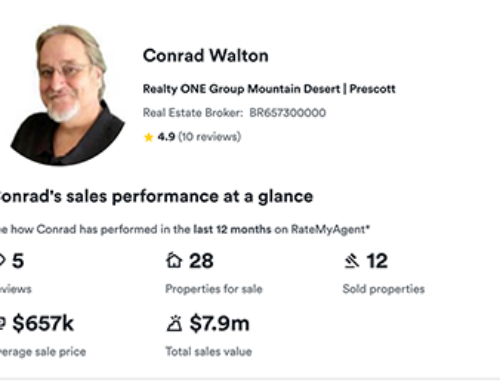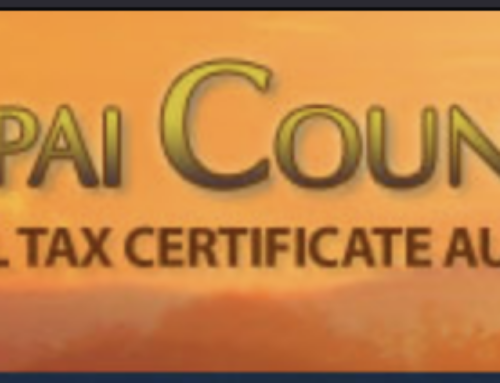The Birth Of Prescott
Joseph Rutherford Walker relaxed on his family’s large ranch in Contra Costa, California where he had retired after a long and adventurous life.
He was 64.
Born in Tennessee in 1798, Joe lived in Missouri, then Santa Fe, working as a trapper and a trader.
He wanted to explore the American Frontier.
So, when he met Captain Benjamin Louis Eulalie de Bonneville, in 1830, he agreed to go with him on his expeditions west.

ca. 1861, Washington, DC, USA — Mathew Brady studio portrait of Colonel Benjamin Louis Eulalie de Bonneville (1793-1878), a noted explorer who served in the Federal army during the American Civil War. Bonneville retired from active duty in 1861, but supervised Union recruiting efforts in Missouri throughout the Civil War. — Image by © Medford Historical Society Collection/CORBIS
Yeah. The Pontiac Bonneville was named after the Bonneville Salt Flats, which were named after Ben Bonneville.
After doing a few expeditions with him, Joe led a group of men to find a trail over the Sierra Nevada in 1833.
On that trip, he became the first white man to ever see Yosemite Valley.
It’s his fault that there are so many busloads of tourists there today.
For more than 30 years, he explored the American wilderness.
Even after guiding so many trips, for people like Kit Carson and John Fremont, he never liked to brag or show off.
He never talked to newspapers, so his name isn’t as famous as other mountain men.
Joseph Walker was satisfied to have just been there and done it.
George Lount, on the other hand, was 34, young and full of ambition.
He went to San Francisco where he organized a prospecting expedition to Arizona to find gold.
Walker’s exploits were well known, so George tried to convince the old mountain man to guide one last expedition to the Little Colorado River to look for gold.
Even though he never quite caught the gold fever, Joseph Walker was up for one last trip and this sounded like a good one.
A group of 34 men were organized and they set off to Arizona, to the little Colorado River, where they looked for gold.
They didn’t find any.
They did, however, find Jack Swilling, 33.
He met the Walker Party near the mining camp of Pinos Altos in southwestern New Mexico in January 1863 with wild tales of gold in the mountains to the north, in central Arizona Territory.
He convinced them to follow the Hassayampa river from Wikenburg north, towards it’s head waters.
The background of all of this, President Abraham Lincoln was in the middle of the civil war at this point.

He claimed the Arizona Territory for the Union because of these rumors of gold.
He needed the support for the war effort.
The Confederacy, they claimed Tucson. They wanted a path to California, so they could get the gold from California.
But Abraham Lincoln, in February 1863, signed a document to make Arizona become an official territory of the United States, with a governor, John Goodwin, before anyone found any gold.
After a long and difficult journey, coming up the Hassayampa river, coming through canyons, losing men out of their party, 25 guys made it all the way up here.

A couple miles from the head waters of the Hassayampa.
And this is where they camped and looked for gold.
When they found some, that proved Jack Swilling right.
They found some gold. Panned some gold. Found some nuggets.
And that was the beginning.
On May 10th, of 1863,
They had a meeting, probably right over there cross the river.
Somebody wrote down in their journal, all the rules and who was getting what.
Record of Miner’s Meeting and Business Transacted Therein

That document, on May 10th, 1863, was the first document that established anything in this whole area, in the Bradshaw Mountains. Um…
That, I think, is the birth certificate of Prescott and I think that this is where Prescott was born, right here on the banks of the river.
This is it, folks. This is where it all started. This is the birthplace.
By June of that year, in 1863, they had gone upstream, up that way, down, over into the next valley.
Found a bunch of gold up there.
By December of 1863, Fort Whipple was established.
That was to manage the “Indian Problem”.
The Indians were attacking the miners, coming out into their land,
The Indians were trying to manage the “White Man Problem.”
At that point, word got out.
Everybody heard about the gold, so there was a gold rush.
So, in 1864, a ton people came out here, all looking for the Walker Party headquarters, so go get some gold.
Captain Walker was happy. He disbanded the expedition at that point.
He was quoted as saying “We opened the door and held it for civilization. Civilization will do the rest.”
So, now we have 3 Walmarts and a Costco.
Captain Joseph Rutherford Walker, four years later, moved back to the family ranch in California.
On Oct. 27, 1876 he died at the age of 79.
He lived a long, full, good life, doing exactly what he loved to do.
Which is all anybody can ask for.
We love living in Prescott
We wouldn’t be able to do that without a mountain man, with the urge to explore, and some gold that some guys found in a river in 1863.
So, Thank you Captain Joe.
I relied on a few sources for this story, but this PDF is at the core of it.
http://www.prescottcorral.org/TT2/PrescottsBirthCertificateWM.pdf
Here’s another one that’s helpful.








Leave A Comment